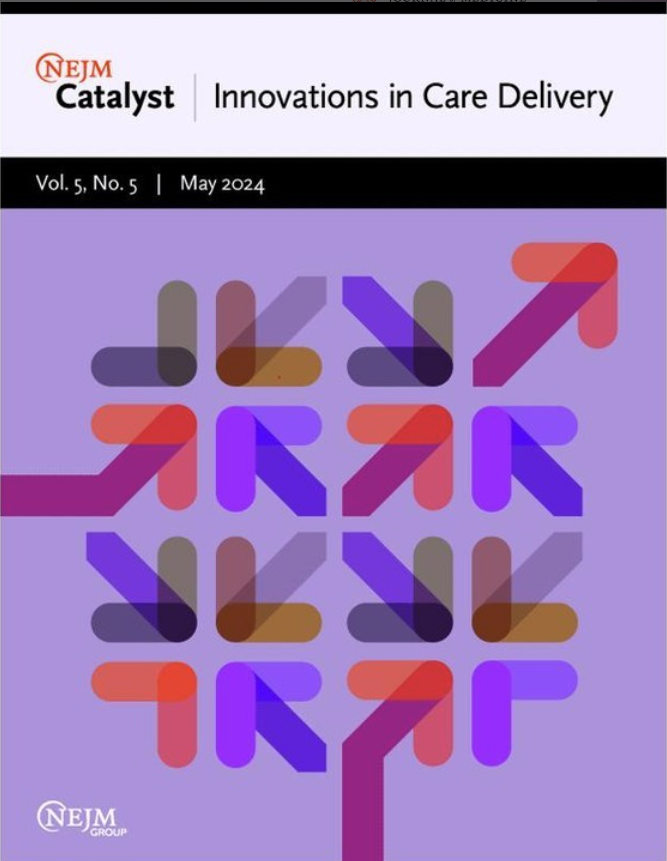Headline
Overdose prevention centers (OPCs) in New York City are shown to avert overdose-related injury and death, reduce public drug use, and connect individuals to wraparound services.
Context
Like many communities across the country, New York City has experienced a significant increase in overdose fatalities in recent years. In response to these trends, public health officials opened two of the first overdose prevention centers (OPCs) in the United States. Also known as supervised consumption or safer injection sites, OPCs draw on harm reduction principles to reduce the risk of fatal overdose by providing a safe and supervised environment where individuals can consume pre-obtained drugs under hygienic conditions. Staff at the two New York City OPCs also offer a range of wraparound services on-site, including basic needs, health care, mental health, substance use disorder (SUD) services, and referrals to additional services. This study analyzes data from the first year of OPC operations in New York City, presenting key outcomes and implementation insights.
Findings
Out of 48,533 visits made by 2,841 individuals during the OPCs’ first year of operation, staff intervened 636 times (1.3% of total visits) to prevent overdose-related injury and death, with emergency medical services (EMS) called 23 times. No overdose deaths occurred. Researchers estimate that over 39,000 instances of public drug use were averted through OPC use. Nearly 75% of individuals who visited the OPCs received wraparound services, with assistance with basic needs, respite use and receipt of harm-reduction and health promotion education being the most used services.
Cross-sector collaboration involving hospital systems, city agencies, providers, community-based organizations, elected officials, and law enforcement was identified as a key facilitator of successful implementation. Uncertain legal status and funding pathways were identified as key challenges.
Takeaways
These findings indicate the effectiveness of OPCs in averting over-dose related injury and death, as well as reducing public drug use. The limited involvement of EMS, who were called during only 3.6% of visits involving staff intervention and less than 0.05% of total visits, also underscores the potential effectiveness of OPCs in reducing costs related to EMS and emergency departments.

